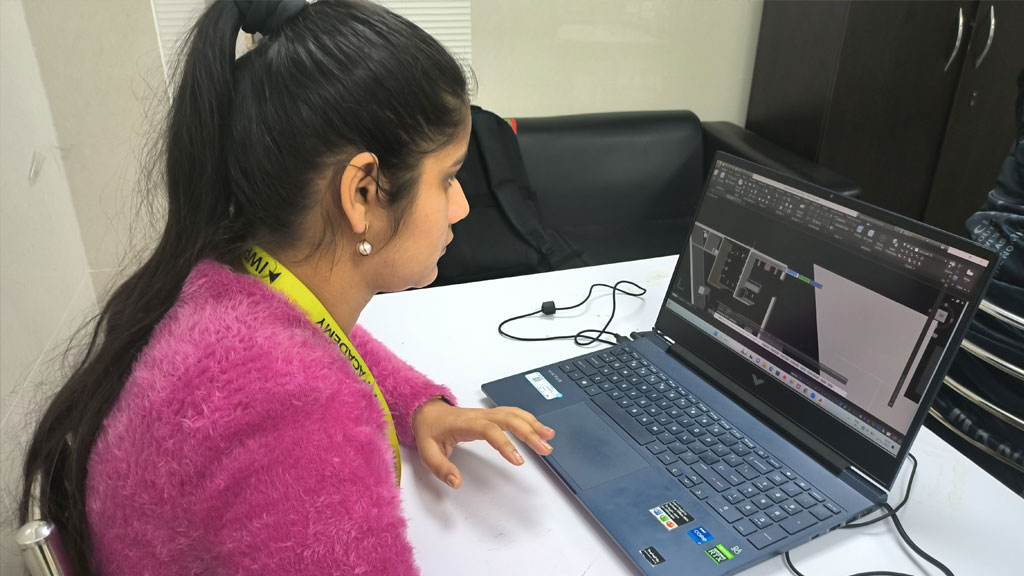Introduction: Embarking on a journey into the captivating world of interior design is a venture filled with creativity, innovation, and the transformation of spaces. Whether you have a passion for creating aesthetically pleasing environments or aspire to redefine the way people experience the spaces around them, enrolling in an interior designing course is your ticket to a world where art and functionality seamlessly converge. In this blog post, we’ll delve into the multifaceted aspects of interior designing courses, the skills you’ll develop, and the boundless opportunities that await in the dynamic field of design.
- The Art and Science of Interior Design: Interior designing courses are designed to provide a holistic understanding of the art and science behind creating well-designed spaces. From the fundamentals of design principles to the psychological aspects of color theory and spatial arrangement, you’ll explore the intricate balance between aesthetics and functionality.
- Space Planning and Layout: Mastering the art of space planning is a fundamental skill in interior design. A comprehensive course will guide you through creating functional and visually appealing layouts, understanding traffic flow, and optimizing spaces to meet the needs of clients. Learn to transform ordinary spaces into extraordinary environments that enhance both form and function.
- Furniture and Material Selection: Dive into the world of furniture and material selection, where you’ll develop an eye for choosing the right pieces and finishes to complement your design vision. Explore the vast array of materials available, from fabrics and textures to furniture styles, and learn how to curate cohesive and harmonious design elements.
- Color Psychology and Lighting Design: Delve into the psychology of color and the transformative power of lighting. Interior designing courses often cover how color choices can impact mood and perception, while also teaching the principles of effective lighting design. Understanding the interplay between color and light is crucial for creating atmospheres that resonate with clients’ emotions.
- Digital Tools and Technology: In the modern era, proficiency with digital tools is essential for interior designers. Your course may introduce you to software like AutoCAD, SketchUp, or other design programs, allowing you to create digital representations of your ideas and collaborate seamlessly with clients and architects.
- Conceptualization and Presentation: Interior design is not just about creating beautiful spaces; it’s also about effectively communicating your ideas to clients. Develop your conceptualization skills and learn how to present your designs through mood boards, renderings, and presentations that captivate and inspire.
- Environmental Sustainability: As awareness of environmental sustainability grows, interior designers play a vital role in creating eco-friendly and sustainable spaces. A forward-thinking course will touch upon the importance of sustainable design practices, incorporating eco-friendly materials, and designing spaces that contribute to a greener future.
- Internships and Real-world Experience: Many interior designing courses offer opportunities for internships and real-world experiences, allowing you to apply your skills in actual design projects. This hands-on experience is invaluable for building a portfolio, gaining industry insights, and establishing connections within the design community.
Conclusion: Embarking on an interior designing course is not just about acquiring skills; it’s about embracing a creative journey that transforms spaces and enhances the way people live and work. From the fundamentals of design to mastering the latest digital tools, an interior designing course opens doors to a world of possibilities. Embrace the artistic process, refine your skills, and watch as you evolve into a confident and innovative interior designer, ready to leave your mark on the ever-evolving landscape of design.

